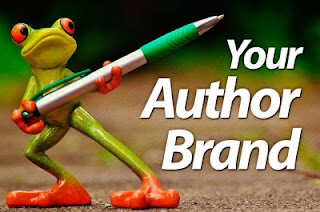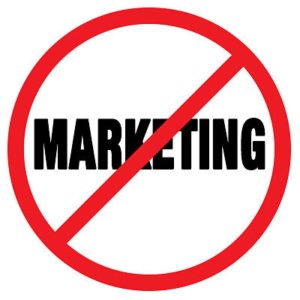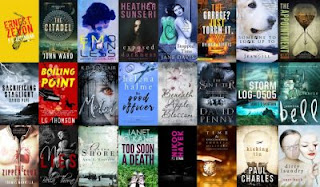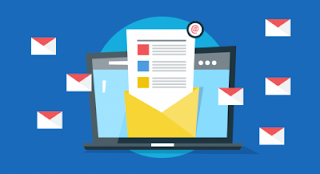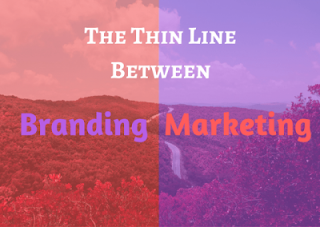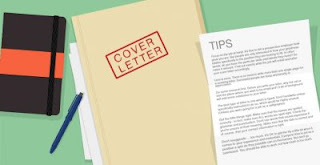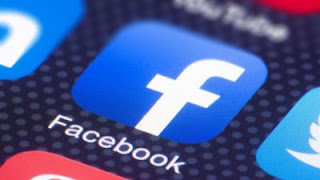Conflict in your story has to be an emotional ride for your readers. Conflict keeps your readers engaged and turning the pages. You may know this, but you’re still wondering how to implement the information.
What is conflict? A conflict in a story is a problem the main character needs to solve to achieve their goal. Without conflict, there is no story and no character development.
Conflict and high stakes relate to one another. If the character doesn’t resolve the conflict, what is at stake? What would your character lose? This is the question you should ask yourself when you’re thinking about the conflict in your story.
Stakes are essential in a story because it keeps the plot moving, challenges your character, and keeps readers turning the pages. Without stakes your plot will become flat, the pacing of your story will slow down, and the conflict will be non-existent.
Now, with deciding what your story stakes will be, it is important not to overdo it. When the stakes are too high, you risk your plot becoming unbelievable and comical.
To keep your readers engaged in your story, tone it down. Use the pull-back method. If your stake is over the top, write it down anyway. After reading it pull back 30-25% and write it again. This method will help keep your stake high but also prevent your story from being overly dramatic.
There is another concept for conflict, and that concept is death.
Why is death a great concept for conflict and high stakes? Because nobody wants to die. The ultimate fear in our society is death.
We know our time in life is limited and we don’t know when we will die, so we try to live our best lives every day. When something or someone threatens that hope, we try everything we can to prevent that from happening.
Physical death is obvious. It is the death we are all familiar with, but today I will introduce four types of death you can use when you sit down to write your story again. They are professional death, psychological death, social death, and ego death.
1. Professional Death
Professional death is when your lead character’s career or life purpose is at stake. In our society as children, they often ask us, “who do you want to be when you grow up?” Or “What do you like to do?”
There is a saying, I’m sure you’re familiar with: Life is not worth living if you’re not doing what you’re passionate about. Being fulfilled and living your life’s purpose is important in our world. There are claims having a purpose or doing the line of work you love prolongs your life.
Example: Let’s say a detective who's sober for many years has lost his daughter. He has broken his sobriety and is under the influence at his job. His boss has given him a warning he will fire him if he doesn’t get it together.
Your character loves being a detective, but he is going through a hard time. He doesn’t want to do anything else in life. His boss hands him a case giving him one last chance to prove himself; a murder that may link to his daughter’s disappearance. He takes up this case hoping that it will save his job and give him closure in life. If he does not solve this case, he can lose his job and career and when you lose something you enjoy it can feel like death its self.
2. Psychological Death
Psychological death is when a part of your lead character will die if they don’t win the conflict. The most common one is love. This death plays on the emotions of your readers.
With love stories, you know at the end of the story the two characters will be together. During the story, to keep your readers turning the pages, create an illusion of your character experiencing psychological death throughout the book.
To achieve this create obstacles and complications that would keep your lead character from getting their true love.
Psychological death applies not only to love. It could be anything that your lead character believes they can‘t live without and holds your character together. Another example, Holden Caulfield from The Catcher in the Rye is trying to remain authentic in his life and believes if he doesn’t he will die.
3. Social Death
Social death refers to the condition of people not accepted as fully human by broader society. Diverse scholars applied the expression to describe racial slavery, political economy, and other examples of social ordering.
A loss of social identity, a loss of social connectedness, and losses associated with the disintegration of the body.
Social death is when a group of people have their identities taken away and forced to assume a new more degrading identity. The person being ostracized will adopt the new identity and believe who they are and they deserve to be getting the treatment they’re getting. They will blame themselves why they’re ostracized.
Example: You can have your main character be part of an ostracized group in your story. With their new identity living everyday life living less like a human. Then your character realizes that this isn’t who they are, and they used to be somebody, and the way he and his people are living isn’t right.
First, your main character will have to reject the conditioning the people in power gave to him and adopt a new identity. This will show internal conflict, then he would have to convince his own people of his revelation. Some people will follow and some wouldn’t.
Then he will have to face the conflict with the people in power who don’t want your main character to fight back but want to keep things the way they are. With the example of social death, there is conflict coming from all sides.
4. Ego Death
Ego death is a loss of subjective self-identity. It is a term with significant ties to spirituality, mythology, and mysticism.
Ego death is a symbolic transition that results in a person being spiritually awakened.
The ego is our identity which we have created for ourselves. The ego is made up beliefs of ourselves like our personality, talents, and skills. When we form thoughts about ourselves that we agree with we form a self-image which contributes to the ego.
Ego death is where you have a dissociative experience of self. Everything you’ve identified with fades and a person panics and tries to hold on to these beliefs because without them they would cease to exist.
Example: There are ways to create conflict with the concept of Ego death. You can create a lead character that has everything he/she wants in life, but then realize their self-identity is a false illusion. Now your character doesn’t know what to do with themselves and wants to find answers.
The character is experiencing conflict because everything they once knew and believed can’t be trusted. You can go further and brainstorm how this new realization creates conflict with your character’s family, friends, job, and environment. How does your character resolve the conflicts?
Culled from The Creative Penn






